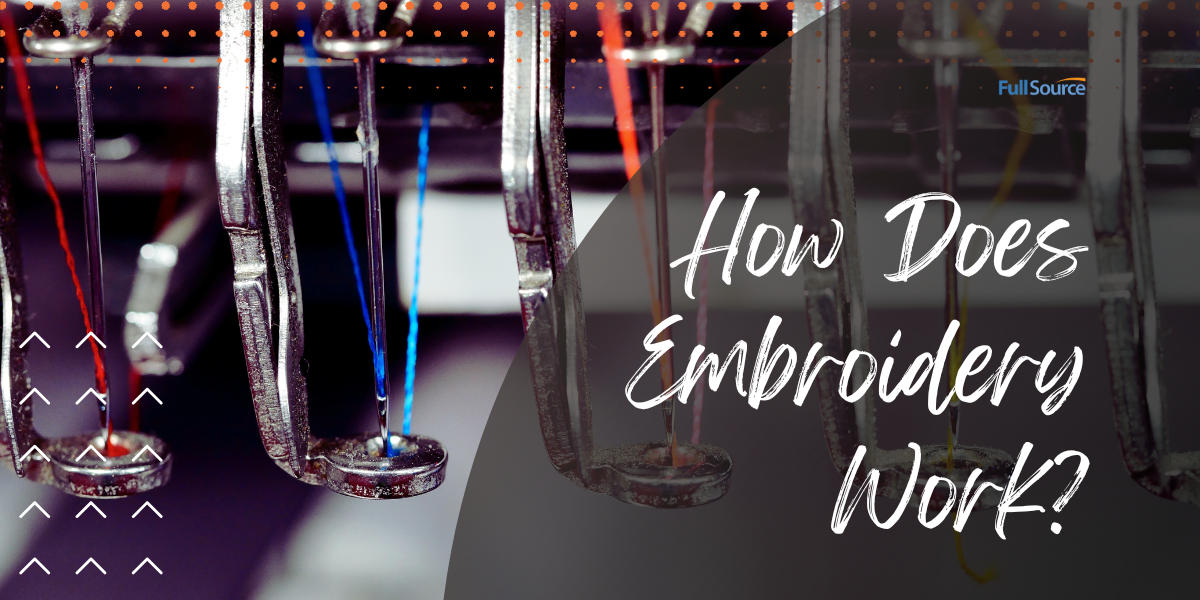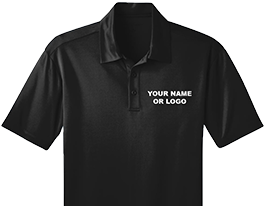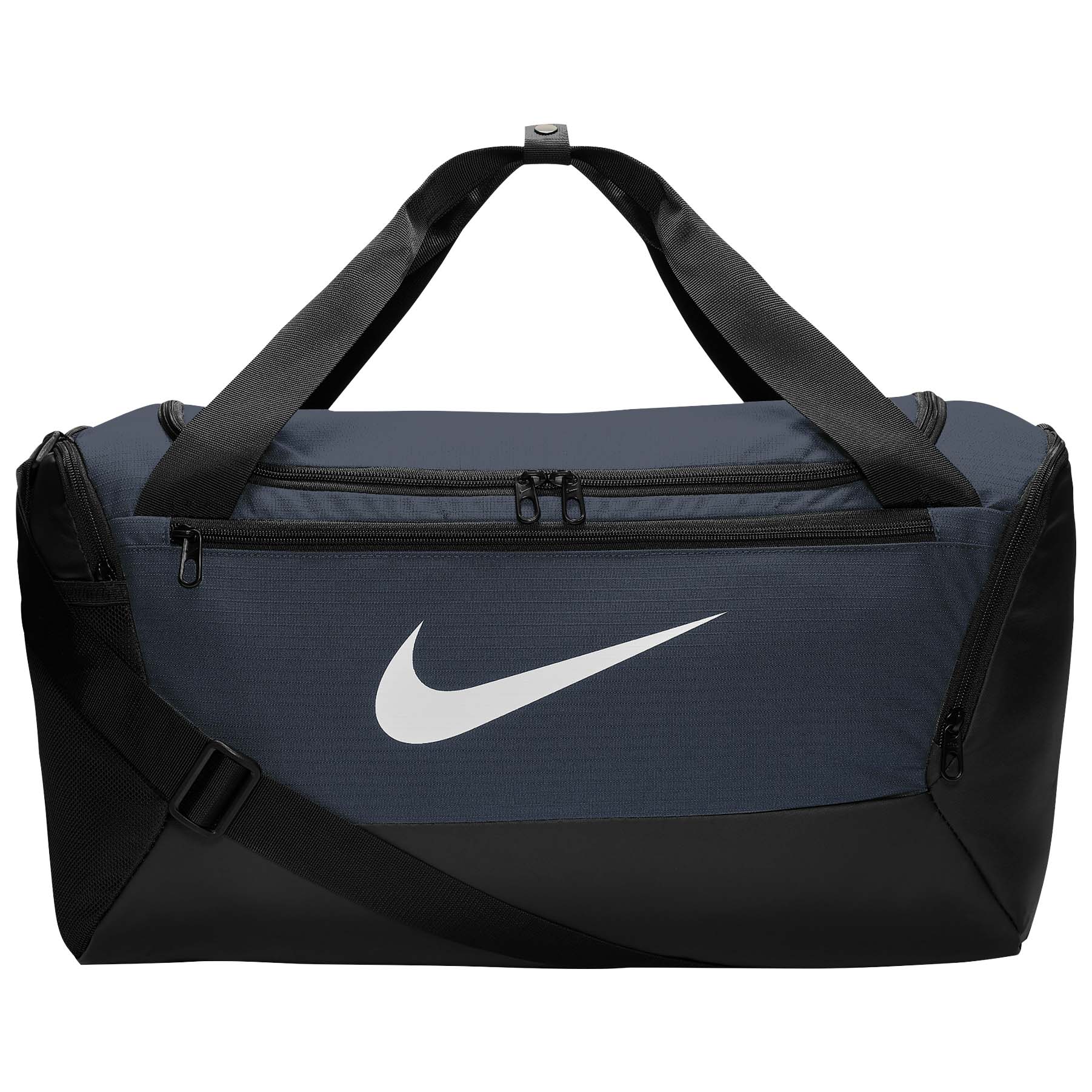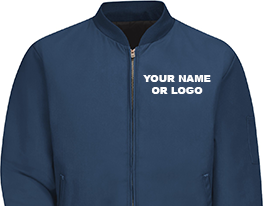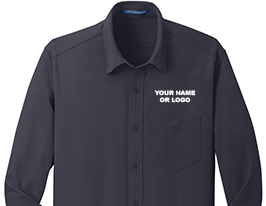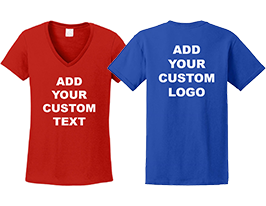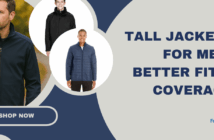Have you ever wondered how embroidery works? Are you fascinated by the intricate designs and patterns on embroidered clothing and accessories? Do you wonder how embroidered logos are added to apparel? Embroidery is a centuries-old technique that involves using a needle and thread to embellish fabrics with decorative stitches. In this article, we’ll delve into the fascinating world of embroidery and explore how it works. And inform you on the pros and cons of using it for your next custom logo job.
What is Embroidery?
First of all, embroidery is the art of decorating fabric with needle and thread. The word “embroidery” comes from the Latin word for “to embroider”, which is “embroiderare”. Artisans do embroidery by hand or machine, and they have used it to decorate clothing, linens, and other textile items for centuries. And for customizing apparel and outerwear we use modern machine embroidery. This creates professional-looking results in a fraction of the time.
Type We Use
There is one main type of embroidery service we use. And that is machine embroidery. Machine embroidery is a more modern form of this craft, and involves using an embroidery machine to create designs on fabric. This type of embroidery is quicker and easier than hand embroidery, making it a great option for those who want to create larger or more complex designs. It’s also perfect for those who want to add embellishments to clothing or other items.
What Materials Are Used for Embroidery?
Embroidery utilizes a variety of materials, including clothing and apparel made from cotton, polyester, and synthetic blends. The most common fabric used for embroidery is cotton, as it is a sturdy material that can withstand the repeated needle punctures required for this craft. And most of our blank apparel like t-shirts, polos, and button-down shirts look great with embroidered names or logos. Also, accessories like hats, bags, beanies, and outerwear are popular choices for customization.
Furthermore, some of our best-selling casual wear, athletic, and safety apparel require the addition of your name or logo. And this includes brands like OGIO, Nike, and Brooks Brothers.
Embroidery, a versatile custom embellishment, allows for the creation of beautiful designs on a variety of different materials. With so many different options available, it’s easy to find the perfect combination of fabric and thread color to suit your needs.
How Does Machine Embroidery Work?
Machine embroidery is a process that involves stitching designs into fabric using a sewing machine. The machine features a special needle with a tiny hook at the end, catching and holding the thread as it moves up and down. The needle also has a guide that helps guide the thread through the fabric.
After digitally creating the design, one transfers it onto the fabric using transfer paper or an embroidery hoop. Once the design is in place, the machine is threaded with the desired color of thread and set to the appropriate stitch length.
The operator then starts the machine and watches as it stitches out the design. Depending on the complexity of the design, it can take anywhere from a few minutes to several hours to complete.
Pros and Cons of Embroidery
There are a few things you should consider before deciding if machine embroidery is right for you. Here are some pros and cons to help you make your decision:
PROS:
– Embroidery has a small minimum order quantity, compared to printing.
– It creates precise and colorful logos, so your designs will look clean and professional.
– You can create more complex designs with multiple colors.
– And use on different fabrics including safety jackets.
CONS:
– Machine embroidery is the most expensive type of customization we offer.
– The turnaround time is longer than other customizations.
– If your design is complex, it may take longer to stitch.
– There is a one-time setup fee for new logos not on file.
Tips for Successful Machine Embroidery
There are a few key things to keep in mind when you’re deciding if embroidery is the right customization for you.
1. Choose the right fabric and color for your design. Different fabrics will work better or worse for embroidery, so it’s important to pick one that will show off your design well. A tightly woven fabric is best, as it will prevent the needle from going through too many threads and creating a messy design.
2. Make sure your design is compatible with the chosen fabric and thread. This sounds obvious, but it’s worth mentioning! If your design is too complex, it may be difficult to stitch properly on certain fabrics or with certain threads. Conversely, if your design is too simple, it may get lost on a busy fabric or get swallowed up by a thick thread. And make sure you have a high-resolution artwork file of your logo to submit in formats like .eps (preferred), .cdr, .pdf, or .jpg (300 pixels/inch).
4. The stitch count determines pricing. This means that larger designs will be more costly. We recommend that embroidery be used on the front of vests and jackets, but the back can be embroidered if desired. The setup fee is determined from the size, complexity of the design, and number of garments being customized. For example, a large, complex design embroidered onto only one safety vest will bring a high setup fee. Simple, small designs on many vests will have a much lower setup fee.
Alternatives to Embroidery
Because there are other types of customization available, embroidery might not be the right one for your job. But don’t worry! We also offer printing and vinyl heat press customization. Printing is more durable than embroidery and is as low as 99 cents for a one color logo. And printing has no setup fee. Our vinyl heat press also has no setup fee and is an excellent choice for small and less-intricate names or logos.
Conclusion
In conclusion, embroidery is a wonderful way to make any garment look attractive and stylish. And by understanding the basics of how embroidery works, you can create amazing designs that will last for years to come. So if you’re looking for a unique way to add some flair and personality to your wardrobe or work uniform, give embroidery a try!

